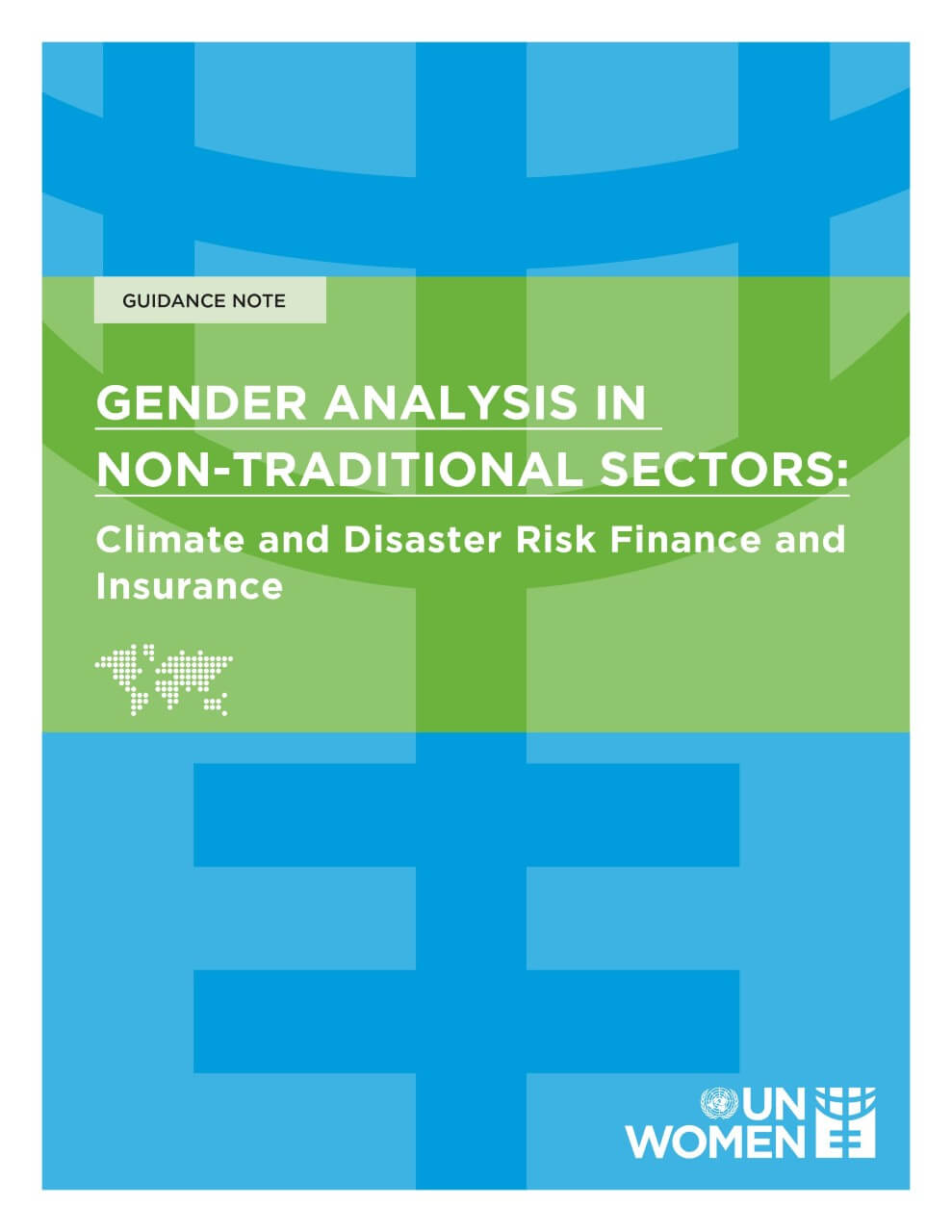Gender Analysis Guidance and DRR
Identifying the differences between and among women and girls, men and boys, and diverse genders
What is Gender Analysis for Disaster Risk Reduction (DRR) and resilience?
Gender analysis identifies the differences between and among women and girls, men and boys, and diverse genders regarding their relative position and roles in society and the distribution of resources, opportunities, constraints, and power in pre-disaster, disaster, and post-disaster recovery contexts. It is the first step in planning efficient disaster risk reduction, resilience, and risk-informed development strategies, programmes, and projects that address both men’s and women’s needs and reduce the inequalities between them.
Why conduct gender analysis?
Gender analysis provides the necessary information to integrate gender perspectives into disaster risk reduction, climate change, risk-informed development and resilience laws, policies, strategies, plans, programmes, and projects. Gender analysis can be applied to complete interventions such as single projects, entire programmes, legal or policy frameworks, or to specific intervention measures.
Who should conduct gender analysis?
UN Women, under the auspices of, and in close coordination with the national women’s machinery (including the Ministry of Women’s Affairs), and with cross-sectoral input from the UN Gender Working Group, and national and local women’s organisations, should provide technical expertise and coordination support for gender analysis for disaster risk reduction, and resilience agencies.
When to carry out gender analysis?
Gender analysis can be carried out at any time and any stage of the policy, programme, or project cycle, although there are situations that present more opportune moments, such as:
- during the initial design of a policy/programme/project;
- before the implementation of a policy/programme/ project;
- during the monitoring and evaluation of a policy/programme/project to make it possible to understand whether data and information collected is meaningful in terms of gender and responds to the different needs of women and men.
Regardless of the stage at which gender analysis is carried out, it is most useful when applied routinely to all aspects of policy, programme and project planning, implementation, and review (rather than as an afterthought or add-on).
How to conduct Gender Analysis for DRR and resilience interventions?
Gender analysis of disaster risks should be conducted at regional, national, and subnational levels. It should investigate structural barriers to the participation of disadvantaged or marginalised groups (based on sex, age, disability, social and economic status) and find entry points to promote the meaningful and effective participation of those groups.

